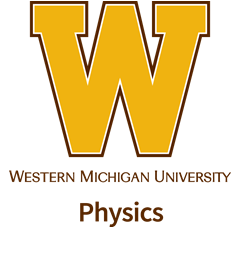Speaker
Dr
Georges Alecian
(CNRS, Observatoire de Paris)
Description
Atomic diffusion processes may significantly change the distribution of chemical elements inside the stars. Being slow, these processes gain importance in zones where the mixing processes are very weak or absent, i.e. in the radiative zones. However, the modified abundances in these stable zones may contaminate zones where mixing occurs. In some cases, the internal structure of the star can be affected, mainly through the local opacity changes which depend on the local chemical composition.
One of the main ingredients in evaluating diffusion velocities in stars is the radiative acceleration which accounts for the momentum transfer from the photon flux to atoms. Radiative accelerations are closely dependent on atomic properties of each species entering the mixture composing the local plasma, and so, their calculations are closely related to the available atomic data and opacity tables. I will give an overview of the various methods used to compute radiative accelerations and I will show some examples of the crucial roles of large atomic and opacity data banks for their calculations.
Author
Dr
Georges Alecian
(CNRS, Observatoire de Paris)

